How To Find The Resultant Of Two Concurrent Forces
Resultant of Non-Coplanar ForcesThe discussion in this section applies mainly to systems involving more than two concurrent forces. The resultant of concurrent forces acting in the same plane can be found using the parallelogram law the triangle rule or the polygon rule.
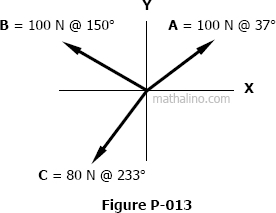
013 Resultant Of Three Forces With Angles Greater Than 90 Degree Engineering Mechanics Review At Mathalino
For example if 4 forces act on a block and cause it to accelerate 1 ms 2 south then the resultant force is the force that if applied alone to the block will also make it accelerate 1 ms 2 south.

How to find the resultant of two concurrent forces. To do this first draw the two force vectors with their tails at the same point and then draw a parallelogram with. The illustration shows two vectors and their resultant. Resolving Forces Calculating Resultants Ref.
Two or more concurrent forces can be replaced by a single resultant force that is statically equivalent to these forces. Two or more forces are concurrent is their direction crosses through a common point. The third vector equal to the resultant is called the equilibrant.
This principle is called superposition of forces. The magnitude of the resultant can be found as follows. The z-component of the resultant is equal to the summation of forces in the z-direction.
Resultant of two forces say F 1 F 2 is given by. The Parallelogram of Forces Methodis one of the graphical methods developed to find the resultant of a coplanar force system. Resultant of three concurrent forces and more Basically it is a repetition of finding resultant of two forces The sequence of the addition process is arbitrary The force polygons may be different The final resultant has to be the same.
Hibbeler 24-26 Bedford Fowler. When using methods for the algebraic representation to find the resultant of two forces it can be helpful to understand the components of a force. Two or more forces acting on an object that pass through a center point are called concurrent forces.
The magnitude of resultant is obtained from equation 11 and the direction of resultant with one of the forces is obtained from equation 12. The following diagram shows the resultant of two forces. Recall that in order to find the resultant force applied on a body we just have to find the vector sum of the forces.
Statics 23-25 Resolving forces refers to the process of finding two or more forces which when combined will produce a force with the same magnitude and direction as the original. The resultant of two forces can be found using the methods for adding vectors when the vectors are a geometric representation. Note that according to the type of force system one or two or three of the equations above will be used in finding the resultant.
R F 1 2 F 2 2 2 F 1 F 2 cos Step 2. When two forces act at a point their resultant is found by the law of parallelogram of forces. The sum of the two forces or vectors is called the resultant force.
When an object is subject to several forces the resultant force is the force that alone produces the same acceleration as all those forces. The resultant of non-concurrent force system is defined according to magnitude inclination and position. Calculation of R max and R min.
If playback doesnt begin shortly try restarting your device. One way to find the resultant of two forces is to use the parallelogram rule. We will be studying three different forces in this experiment.
Resultant of multiple forces on a body can be found using triangle and parallelogram law of vector addition and simplifies the problem solving by finding the net force on. For example two concurrent forces F1 and F2 are acting on the same point P. If the forces applied to a body are such that their lines of action meet at a single point then they are called concurrent forces.
Demonstration of the calculations of the resultant force and direction for a concurrent co-planar system of forcesThis video demonstrates the tabular method. Resultant of Coplanar Concurrent Force System. Concurrent Forces Part 1 Finding Resultant.
A simple experiment of holding two pencils as a model of two vectors end to end and rotating them around at various angles.

Concurrent Forces And Coplanar Forces

How To Calculate The Resultant Force Acting On An Object X Engineer Org

How To Calculate The Resultant Force Acting On An Object X Engineer Org
The Resultant Of Two Concurrent Forces Is 2 500 N And The Angle Between The Forces Is 900 Favorable The Resultant Makes An Angle Of 460 Favorable With One Of The Forces What

How To Calculate The Resultant Force Acting On An Object X Engineer Org

Three Concurrent Forces Act At Point O Shown In Chegg Com
Resultant Of Two Concurrent Forces Determine The Chegg Com
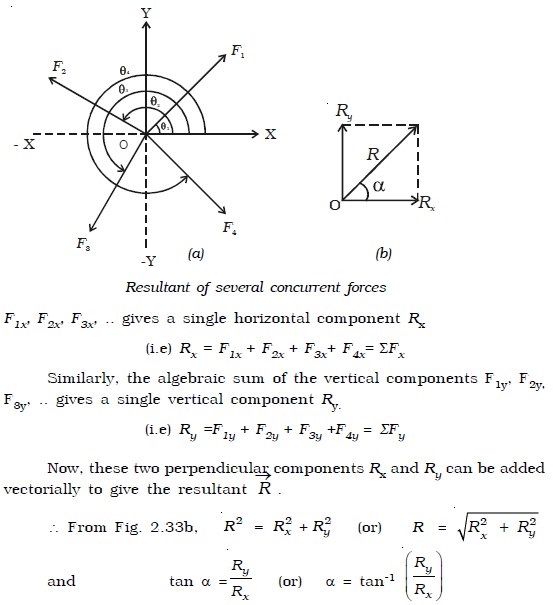
Concurrent Forces And Coplanar Forces Engineersfield
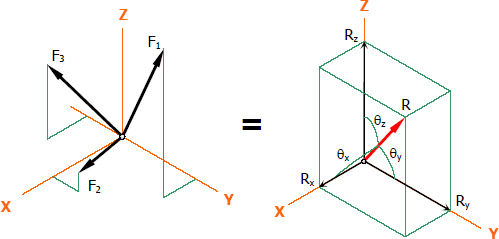
Resultant Of Concurrent Force System Engineering Mechanics Review At Mathalino

What Are The Laws To Add Two Forces And Several Concurrent Coplanar Forces Quora

Problem No 1 On Resultant Of Coplanar Concurrent Forces Abhishek Explained Youtube
The Sum Of Two Concurrent Forces P And Q Is 300n And Their Resultant Is 200n The Angle Between The Force P And The Resultant R Is 90 Degrees What Is The

Concurrent Forces Part 1 Finding Resultant Youtube
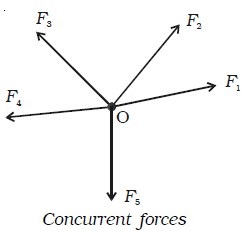
Concurrent Forces And Coplanar Forces Engineersfield

Resultant Of Three Concurrent Coplanar Forces Youtube

The Maximum Resultant Of Two Concurrent Forces Is 10n And Their Minimum Resultant Is Youtube
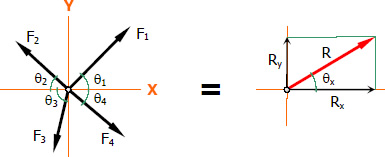
Resultant Of Concurrent Force System Engineering Mechanics Review At Mathalino



Post a Comment for "How To Find The Resultant Of Two Concurrent Forces"